The Shogoin Kabu is a celebrated symbol of Kyoto’s refined winter cooking. Known as one of Japan’s largest turnip types, this impressive crop is the base for highly value regional specialties, especially Senmaizuke (thousand-slice pickles). And so, this article gives a quick look at this unique root, its history, and where visitors can taste this iconic flavor in Kyoto.
What is Shogoin Kabu?

Shogoin Kabu is counted among the official Kyo-yasai, or Kyoto traditional vegetables. It is also special because of its large size, often reaching 6 inches across, with some large ones weighing up to 11 pounds, making it one of Japan’s biggest turnips. The root has a smooth, pure white surface and a unique flat-round shape. This large, consistent size is valuable for making the thin slices needed for pickling.
Its most valued trait is its dense, soft flesh, which has a gentle sweetness and a fine flavor. Furthermore, this texture is why the turnip is famous globally as the essential ingredient for Senmaizuke (thinly sliced pickled turnip).
Besides its great taste, Shogoin Kabu is very good for you. The white root has a lot of Vitamin C and an enzyme that helps break down starches, aiding digestion. Importantly, the green leaves are often more nutritious than the root, containing high amounts of Vitamin A, Calcium, and Iron.
History
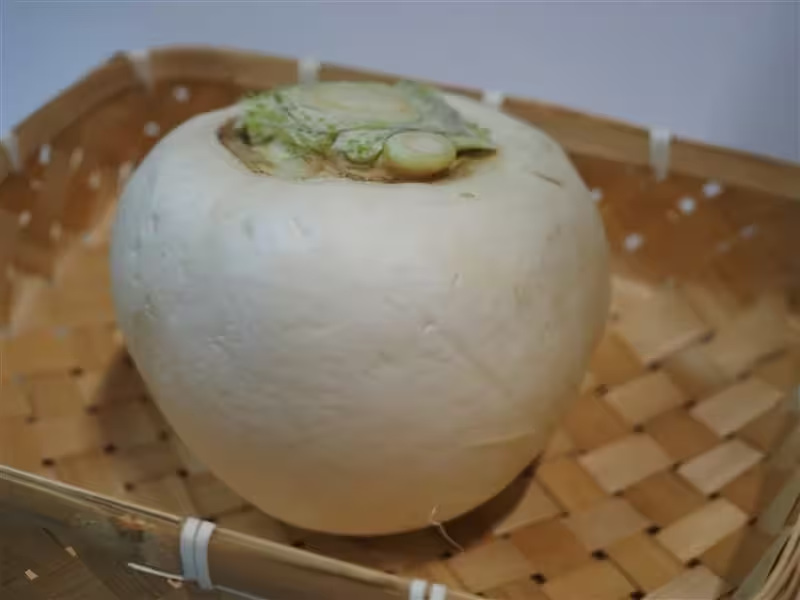
The history of this famous vegetable started in the early 1700s. A farmer in Kyoto’s Shogoin area brought seeds of a different turnip from another region. Through decades of careful growing and improvements in Kyoto’s specific environment, the seeds changed, resulting in the large, superior Shogoin variety.
This success in farming led to its most famous dish: Senmaizuke. This processed pickled turnip became widely known in the 1830s. The specific, elegant preparation of Senmaizuke is credited to a court kitchen attendant who prepared the dish for the Imperial Court toward the end of the Edo period. Additionally, the Imperial Court’s approval turned this humble crop into a high-class food, setting up a lasting tradition for the turnip and the special pickling craft.
Place to Try the Dish
Masugo (日本食材店)
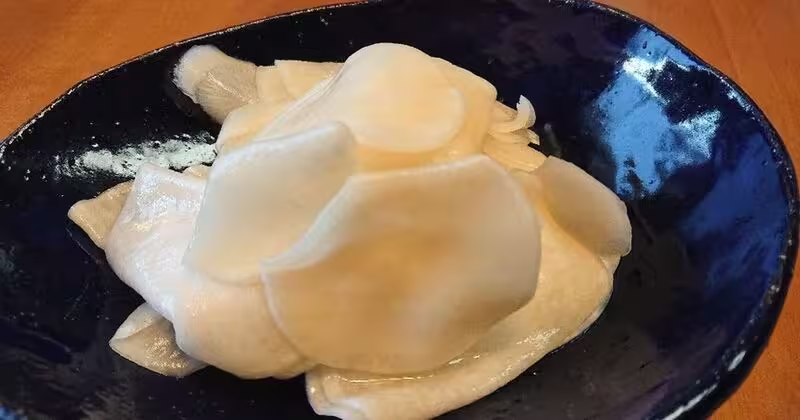
To taste the classic Shogoin Kabu specialty, Senmaizuke, visitors should seek out traditional tsukemono(pickle) shops. Masugo, founded in 1930, carries on the legacy of the original court attendant who first created the famous pickle. This respected shop also keeps the traditional craft of thinly slicing the turnip and gently marinating it in sweet vinegar with kelp and chili.
Summary
Shogoin Kabu is a great example of Kyoto’s skill in turning seasonal farm products into high-level food art. The turnip’s unique mix of large size, soft flesh, and sweetness made it the perfect material for the delicate Senmaizuke, proving its historical importance in the region. The high nutritional value of both the root and the leaves further ensures it will continue to be important in Japanese cooking.
If you enjoy this essential winter staple, look for other dishes that feature Shogoin Kabu like Senmaizuke, Oden, and Shogoin Daikon.
You can also look up in this article the different Kyoto’s traditional vegetables or popularly known as Kyo Yasai.
FAQ
What is the Shogoin Turnip?
The Shogoin Turnip is a traditional Kyoto vegetable known for its large, round shape and smooth texture.
Where is it grown?
It is mainly grown in the Shogoin area of Kyoto, Japan.
How big is a Shogoin Turnip?
It can grow as large as a small melon, much bigger than regular turnips.
What does it taste like?
It has a mild, slightly sweet flavor and a soft, tender texture when cooked.
How is it used in Japanese cooking?
It’s often used in pickles (tsukemono), soups, and simmered dishes such as “Kyo-style Oden.”
Is it available all year round?
The best season is winter, from November to February, when it becomes especially sweet.
Can I try dishes made with Shogoin Turnip in Kyoto?
Yes, many Kyoto restaurants serve dishes featuring this vegetable during winter.
Is it unique to Kyoto?
Yes, it’s one of the famous “Kyoto vegetables” (Kyo-yasai), known for their traditional cultivation methods.
Can I buy Shogoin Turnip outside Japan?
It’s difficult to find abroad, but you may see it at specialty Japanese markets.
Why is it special?
It represents Kyoto’s long agricultural history and is loved for its refined flavor and cultural importance.
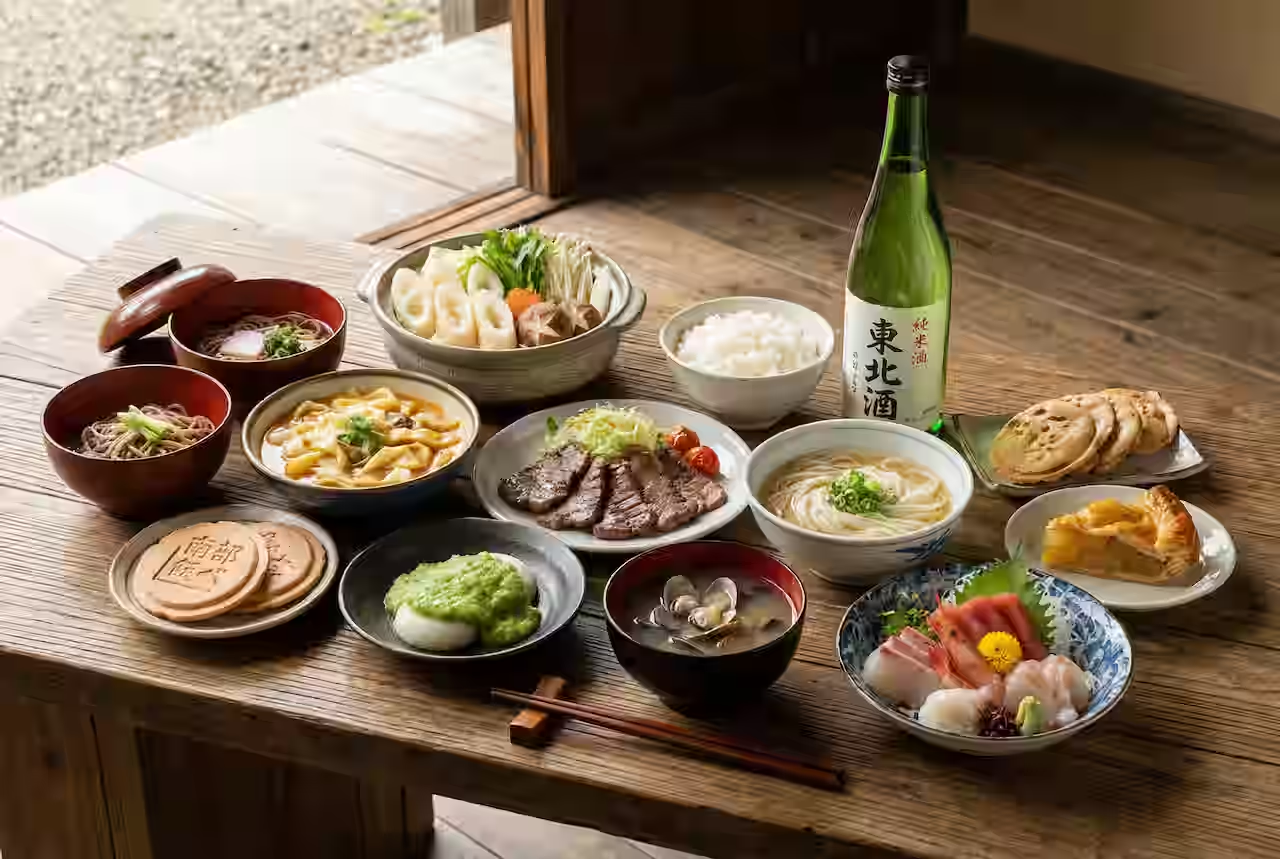



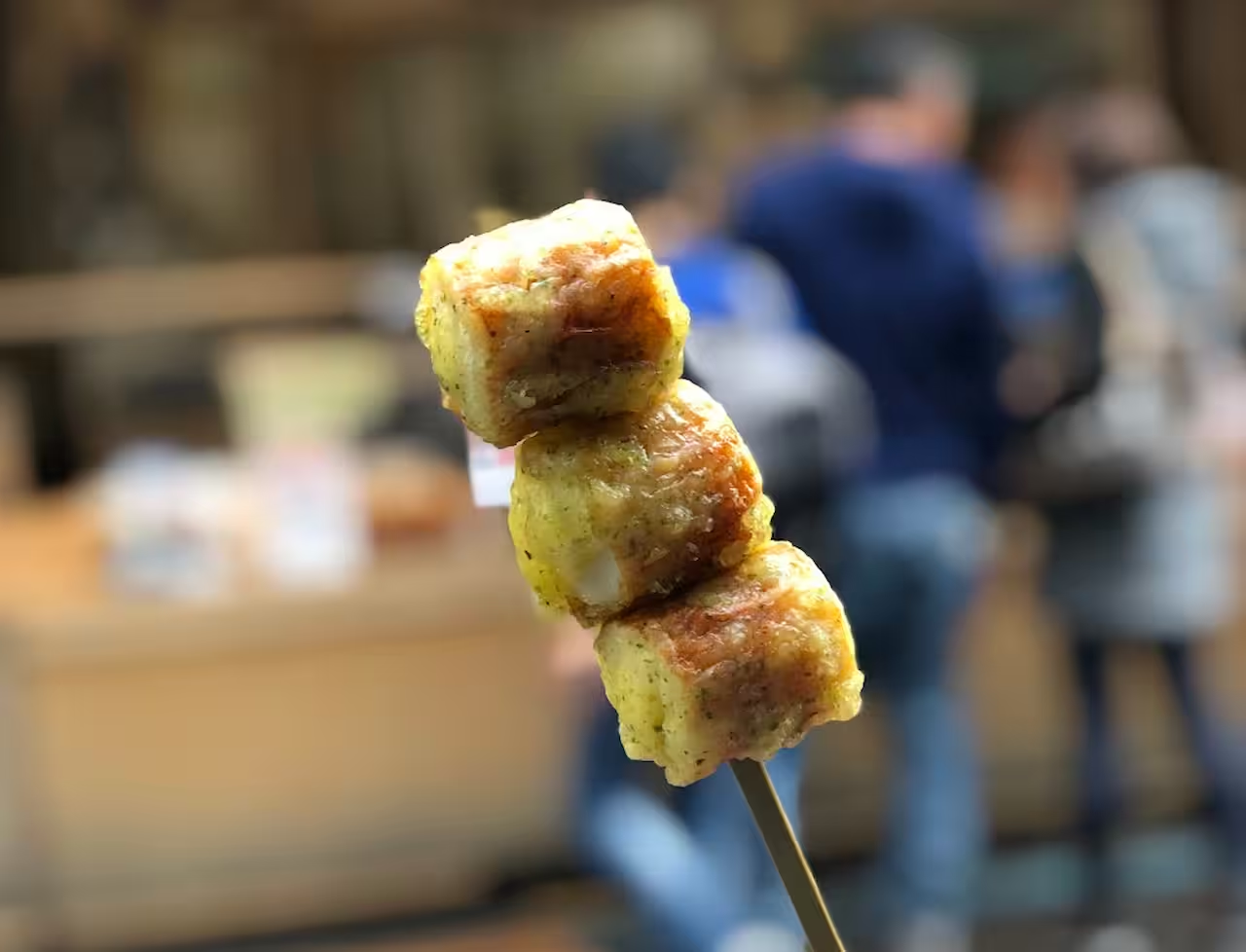

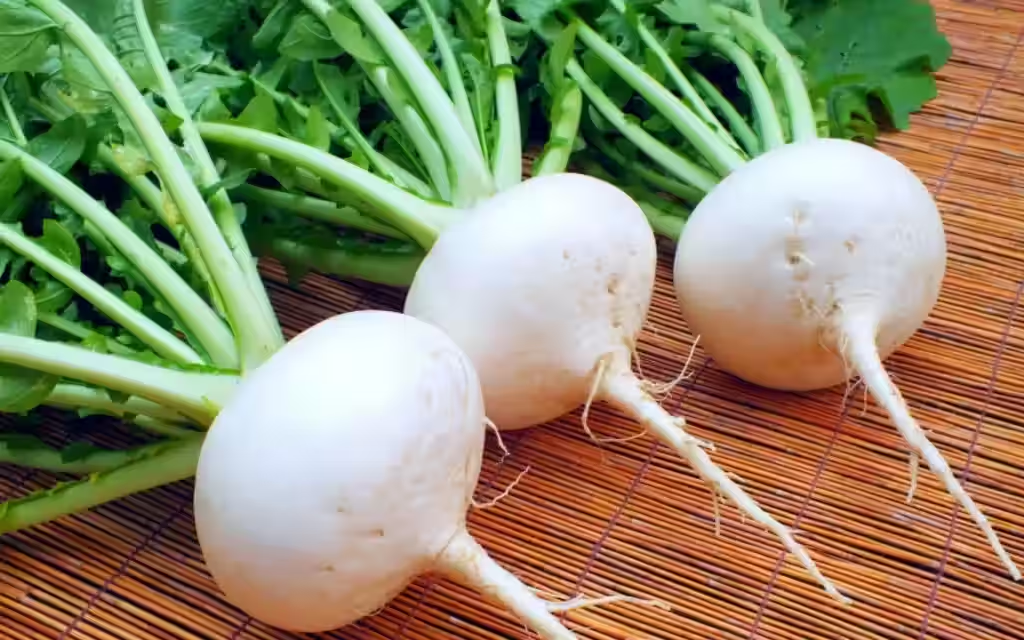


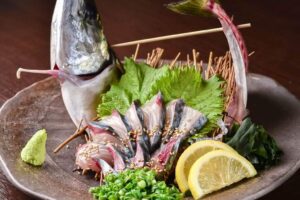
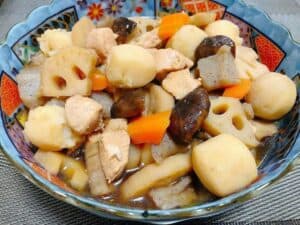
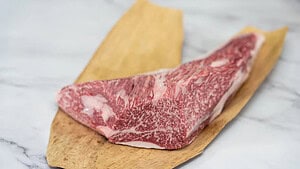
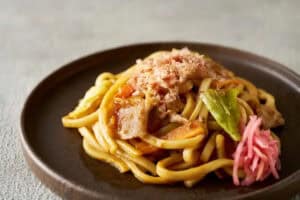


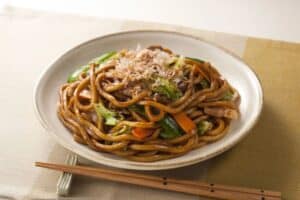
Comments